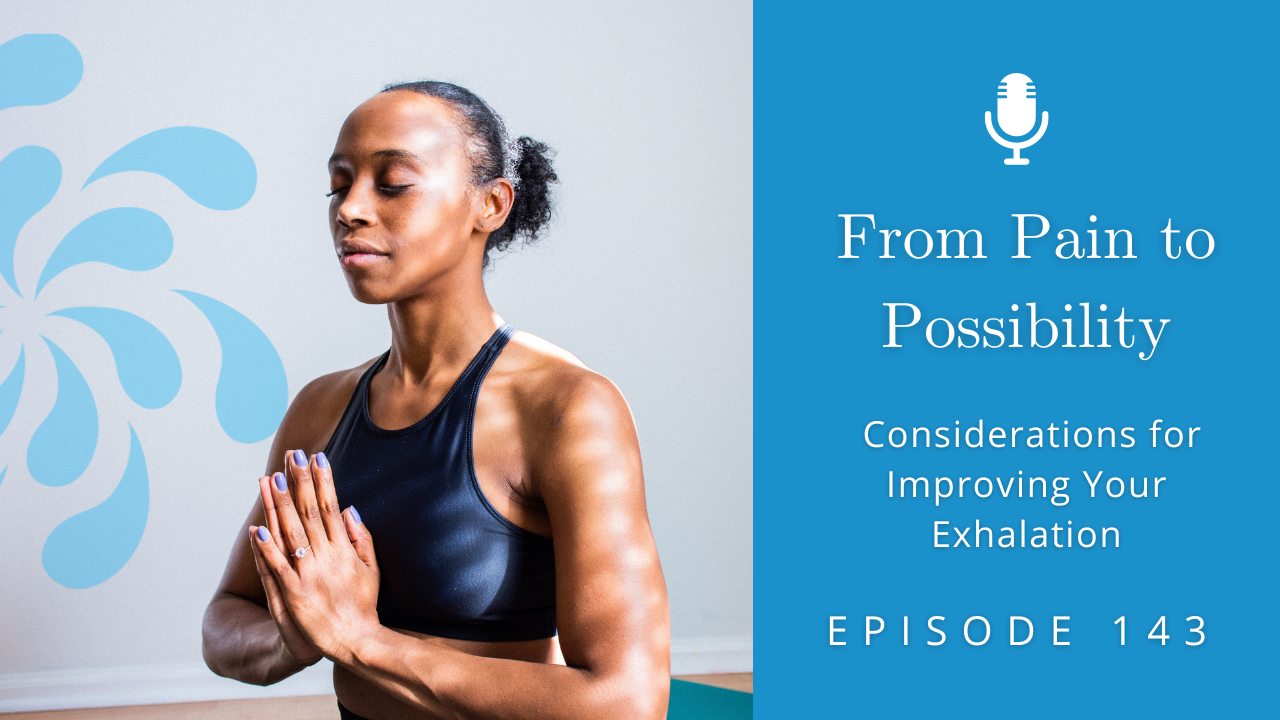We’ve reached the time of year where a lot of people become more stressed, there is a lot going on around us, we may feel a lot of pressure, and there are interactions with other people we might not enjoy our time with. This can be stressful and impact our breathing in a range of ways.
I have done many breathing-related episodes before, but there is so much more to discuss, so this week, we’re launching a new miniseries on the mechanics of breathing. Over this series, I’m giving you plenty of opportunities to settle into and explore your breath, and experience your relationship between your mind and body through the vehicle of breathing.
In the first episode of the series, I’m diving deeper into the phases of breath, the functional anatomy of the thorax and abdomen, and what I see as a pattern that can negatively impact exhalation. I’m sharing what I do specifically to help support people to improve the way they exhale and two exercises to try associated with your exhalation patterns.
Subscribe: Apple Podcasts | Spotify

